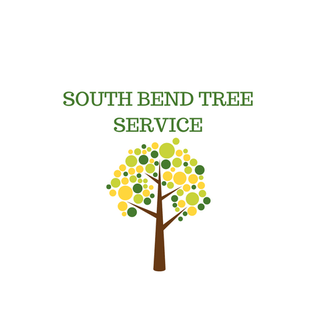Tree care enthusiasts! You’re in the right place if you want your trees to grow healthily and tower over others. This straightforward reference will explain the principles of fertilizing trees and show you how to give your green friends the nutrients they require for healthy development.
Why Do You Fertilize Your Trees?
Consider fertilizing your trees as providing them with a balanced food. Trees need certain substances in order to develop, just like we do in order to stay healthy. Fertilization results in:
- Added Nutrients: Trees are given an extra helping of nitrogen, phosphate, and potassium.
- Healthy Roots: It encourages the growth of strong roots, strengthening the stability of your tree.
- Growth of Foliage: Fertilization promotes the development of lush, colorful leaves.
- Stress Tolerance: Healthy trees are more resistant to pests, illnesses, and other environmental stresses.
There is no one-size-fits-all method of fertilizing. Success depends on timing:
- Early Spring: Early spring is the best time to prune deciduous trees. As soon as new growth appears, fertilize.
- Late Autumn: Before the ground freezes, evergreen trees appreciate a late autumn feeding.
- Young Trees: To build a solid foundation, young trees benefit from annual fertilizer.
The Choice of Fertilizer: Choosing the Proper Blend
- Selecting the ideal fertilizer is similar to selecting the ideal diet for your trees. Following are your choices:
- Natural and slow-release fertilizers are those that are organic. They enhance the microbial activity and soil structure.
- Chemical or synthetic fertilizers give plants an immediate increase in nutrients. Despite being quick-acting, they must be applied carefully.
- Slow-Release: Slow-release fertilizers deliver nutrients gradually, lowering the possibility of overfeeding.
Let’s now get down and dirty:
- Calculate the dosage by measuring the diameter of your tree at chest height. Use 2-4 pounds of fertilizer for every inch of diameter.
- Dig holes in the ground within the drip line of the tree to create feeding zones. Around the tree, give them a uniform spacing.
- Apply the fertilizer: Fill the holes evenly with fertilizer before covering them with dirt.
- Water: Water the area well to assist the roots receive the nutrients.
Over-Fertilization is dangerous. You should avoid overfertilizing your trees. Never exceed suggested doses, and fertilize only as often as necessary.
The secret to happy, healthy trees is fertilization. Your green friends will stand tall and flourish for many generations if you give them the appropriate nutrition at the right time.
So put on your work gloves, grab some fertilizer, and watch your trees flourish. Are you prepared to begin the path to your tree’s ideal growth? Get your hands filthy and provide them with the food they need.
#TreeService #TreeRemoval #Pruning #TreeTrimming #TreeRemovalServiceNearMe #SouthBendTreeService
South Bend Tree Service
South Bend, IN
